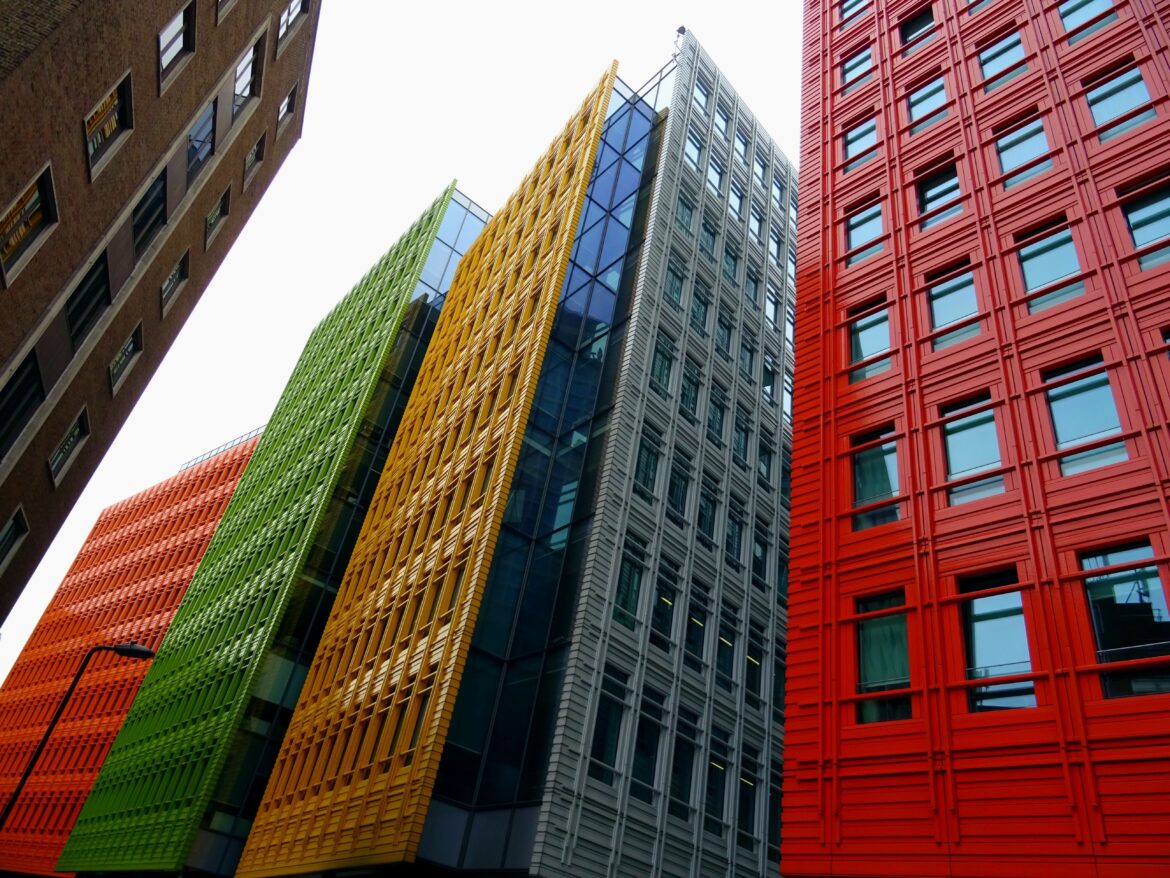The COVID-19 pandemic resulted in an unprecedented change across the world in the buildings and construction sector in 2020. This included a major drop in demand for construction across major economies, workplace shutdowns due to lockdown, labour and material shortages, changing work patterns, and energy affordability challenges, which all still persist today. The result was the single largest drop in CO2 emissions in the last decade.
In 2021, construction activities rebounded back to pre pandemic levels in most major economies, alongside more energy-intensive use of buildings as workplaces reopened but hybrid working remained. In addition, more emerging economies increased their use of fossil fuel gases in buildings. As a result, building energy demand increased by around 4 percent from 2020 to 135 EJ – the largest increase in the last 10 years (International Energy Agency [IEA] 2022).
The impact of this is that CO2 emissions from building operations have reached an all-time high of around 10 GtCO2, around a 5 percent increase from 2020 and 2 percent higher than the previous peak in 2019. When including estimated CO2 emissions from producing buildings materials of around 3.6 GtCO2 (i.e. concrete, steel, aluminium, glass, and bricks), buildings represented around 37 percent of global CO2 emissions in 2021.
Also in 2021, the goals of the Paris Agreement were reaffirmed at the 26th Conference of the Parties to the United Nations Framework Convention on Climate Change (UNFCCC COP26). The Glasgow Climate Pact agreed at COP26 emphasises accelerating and rapidly scaling up energy efficiency measures (United Nations Framework Convention on Climate Change [UNFCCC] 2022a).
In addition, COP26 saw more than 120 events focused on the built environment and the launch of a number of important building initiatives. Nevertheless, the rebound in CO2 emissions shows that few structural changes have yet occurred within the buildings sector to reduce energy demand or cut emissions, and that 2020 was merely a pandemic related outlier in building emissions trends.
Overall, the key trends for the Global Status Report for Buildings and Construction highlight that since 2015, some progress has been made on the policy level and with an increase in investments, but there must be greater effort to reduce emissions overall and improve building energy performance alongside the continuing trend of increasing floor area.
The 2022 update of the Global Buildings Climate Tracker confirms this observation and shows a growing gap between the actual climate performance of the sector and the necessary decarbonisation pathway. This is despite 2021 having seen a growing number of countries committing to energy efficiency and offering extensive details for decarbonization of buildings within their nationally determined contributions (NDCs), and an approximate 16 percent increase in global investment in energy efficiency to over USD 230 billion.
As we move forward through 2022, there are significant risks to the decarbonisation trajectory due to the Russian invasion of Ukraine and the ensuing energy crisis in Europe. Further risks are posed by global energy price volatility, along with the cost-of-living crisis facing economies and the implications of interest rate rises on investment in building decarbonization from governments, households and businesses.
The latest assessment report from the Intergovernmental Panel on Climate Change (IPCC) for the mitigation working group (AR6 WGIII) sent a clear message that the buildings and construction industry offer significant global mitigation potential for reaching the Paris Agreement.
Opportunities include improving existing buildings efficiency and use, high-performance new buildings, efficient lighting appliances and equipment in buildings, integrating renewables in buildings, and decarbonizing production of building materials. The consensus of the IPCC report is that buildings’ operational emissions will need to drop by more than 95 percent compared to current levels, and that these reductions are cost-effective and beneficial to building occupants and energy security.
The growing and intersecting economic, energy, security and climate crises both challenge and highlight the progress needed to decarbonize and to improve the resilience of the global buildings sector. Greater political and organisational leadership is needed to further prioritise and implement actions that support the decarbonization and sustainability transition of the built environment and transformation of construction materials production.
In 2021, many governments continued to act with a clear interest to address climate change and building sustainability. The European Union’s REPowerEU initiative has sought to improve the energy performance of buildings by boosting the take-up of efficiency retrofits, renewables and heat pumps, and the use of fiscal measures for energy efficiency products for buildings.
Similarly, the US Inflation Reduction Act has also made specific reference to supporting energy efficiency and renewable energy in buildings. Multiplying such policy commitments and a focus on sustaining and increasing investment will be critical to bending the emissions trajectory downward in the coming years.
Click here to read the full report.
Photo credit: SevenStorm JUHASZMIMRUS/Pexels




